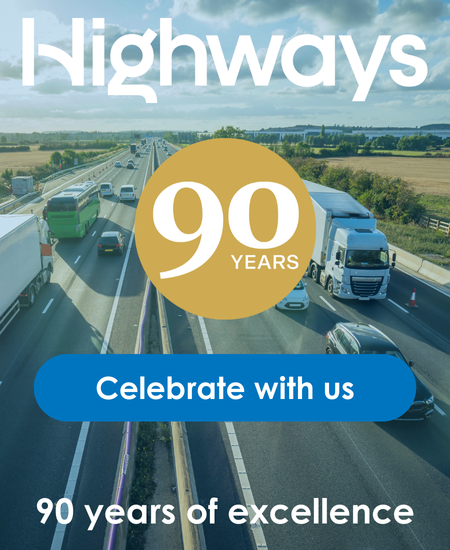Sukhy Duggal and Wolfgang Schuster of Atkins argue that tackling climate change and meeting the UN’s target of net zero emissions by 2050 is arguably the biggest global challenge we face as humankind. So how can transport rise to it?
Meeting the UN target to reach net zero emissions by 2050 is arguably the biggest challenge now facing humankind. Transport plays a central role in finding long-term sustainable solutions and we’ve set out three main priorities of reducing energy demand, ensuring sustainable energy supply and consumption, and ensuring safety, security, sustainability and resilience of low emissions transport operations.
This may be a first step, but it’s a hugely important first step.
Historically, transport has played its part in causing many of the problems, of course. However, we are also poised to play a vital part in tackling the issue and finding real solutions to get us to our destination of net zero by 2050.
Alongside putting sustainability at the top of our own list of priorities, at Atkins, a member of the SNC-Lavalin group, we are also helping the transportation sector take its first important step towards creating sustainable zero-carbon solutions.
This is a vast, and highly complex problem. It will require ingenuity at every level, and very different approaches to what’s gone before.
Mapping a way forward
We have started by establishing what we believe are the three main priority areas that the transport sector will need to tackle, outlining the principles and mapping out a way forward that will support our clients to translate those priorities into workable actions.
Only by clearly defining the challenges we face, and breaking down the problem into its constituent parts, can we start to make progress to get where we need to be: net zero carbon emissions by 2050. Or even sooner.
These three priorities are reducing energy demand, ensuring sustainable energy supply and consumption and, ensuring the safety, security, sustainability and resilience of low emissions transport operations.
What binds each of these, and their eventual success, will be the need to take a collaborative approach. With so many different and interdependent stakeholders involved – from energy companies to governments, regulatory bodies to transport companies, infrastructure developers to supply chain providers, train passengers to car users, the list goes on – there is great complexity.
Finding common ground
So, we must find common ground and adopt a positive attitude. There are immense benefits that will come with new, sustainable infrastructure and technologies; human and environmental wellbeing of course, but also an exhilarating future of increased digital interconnectivity and intelligence in our transport networks.
To succeed we must focus on every perspective, such as business-to-consumer and demand management, nudging, behaviour change and inclusion.
It should also encompass the business-to-business perspective to ensure technical harmony across systems and processes, and also the sector-to-sector perspective to ensure technical harmony across sectors within the UK and alignment on assurance and security.
Finally, the relationship between sector-to-economy, and how sectors will work together to have a positive economic impact on the economy, as well as on the environment.
Integrated, cross-sector strategies
Approaching these priorities collectively, across all sectors – and working with government and industry regulators – we can develop a set of clear, integrated cross-sector strategies, while maintaining service quality to gain public support, and without stifling innovation.
It is essential that such strategies reduce investment costs in greener technology, and address inclusivity challenges. The safety and security of initiatives will be of optimal concern as we transition towards a new transport ecosystem that’s driven by intelligent infrastructure, cleaner fuels, newer technologies, greater connectivity and innovation at every opportunity.
What will be the impact of this new-look transport system on our safety as human beings, for example, when autonomous vehicles become more commonplace?
We need to understand and tackle these developments, setting out a broad-reaching approach to these issues of safety and security – underpinned by guidelines, testing, approvals, and rigorous certification. We think these priorities can be mapped-out now. The public mood is shifting. The time has come to put words into actions.
What will net zero look like?
We need to think broadly and convene panels that represent experts, stakeholders and transport users. We need to collect data to inform intelligent decision-making and develop a holistic vision of what net zero looks like and use it as our blueprint for the entire lifecycle, including supply-chain and users.
We need to continue to horizon-scan for new technologies and socio-political trends, explore insurance, legal, governmental and regulatory frameworks that will underpin this change, and in every area map out a root-and-branch, dynamic action plan. Net zero by 2050 is our collective challenge, and it is time to get to work.





